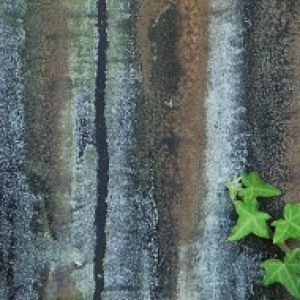thank you Google.............
Inside the Dehus Dolmen
The second largest neolithic tomb in Guernsey includes a guardian and four side chambers.
The area where the Neolithic mound sits has been known as Dehus long before the Clos du Valle was united with the rest of Guernsey.
The structure is a prehistoric passage and chamber grave about ten metres in length with a narrow entrance, large main chamber, four small side chambers and a roof of huge capstones.
One of the capstones in the main chamber bears a carving, discovered in 1916, of a bearded face, arms and hands, with what appears to be a strung bow with arrows and some designs of a possible symbolic nature.
The face of the carving on the capstone known as the Le Gardien du Tombeau, or guardian of the tomb, it is likely the stone was originally a menhir, or standing stone, that was re-used for the roof.
The carving has a strong resemblance to similar objects found in Brittany and on the Iberian peninsula which is evidence of trade and cultural links between these areas and Guernsey during the late Neolithic period.
A large number of finds including a copper dagger and two copper rings dating from 3500 to 2000 BC were made by F. C. Lukis and his sons during their excavations of the tomb in 1837-1847. It was re-excavated in 1932 by Sir Robert Mond and V. C. C. Collum who rebuilt the circular mound of ground over the graves.
The main chamber
There are only 15 dolmens left of the more than 60 that were built in the island and this one would have gone the same way as most if not for Sir John de Havilland who bought the site for four pounds and ten shillings in 1775, saving it from local quarrymen.
The stones are Guernsey grey granite with the exception of the largest capstone which is syenite, similar to granite but with quartz either absent or present in relatively small amounts.
The main chamber is six metres long and three metres wide and the smaller entrance passage is three metres long and one metre wide.
One of the seven capstones was replaced for safety in 1898 and is the one next to the entrance.
- 0
- 0
- Panasonic DMC-TZ5
- 1/8
- f/3.3
- 5mm
- 400

Comments
Sign in or get an account to comment.


